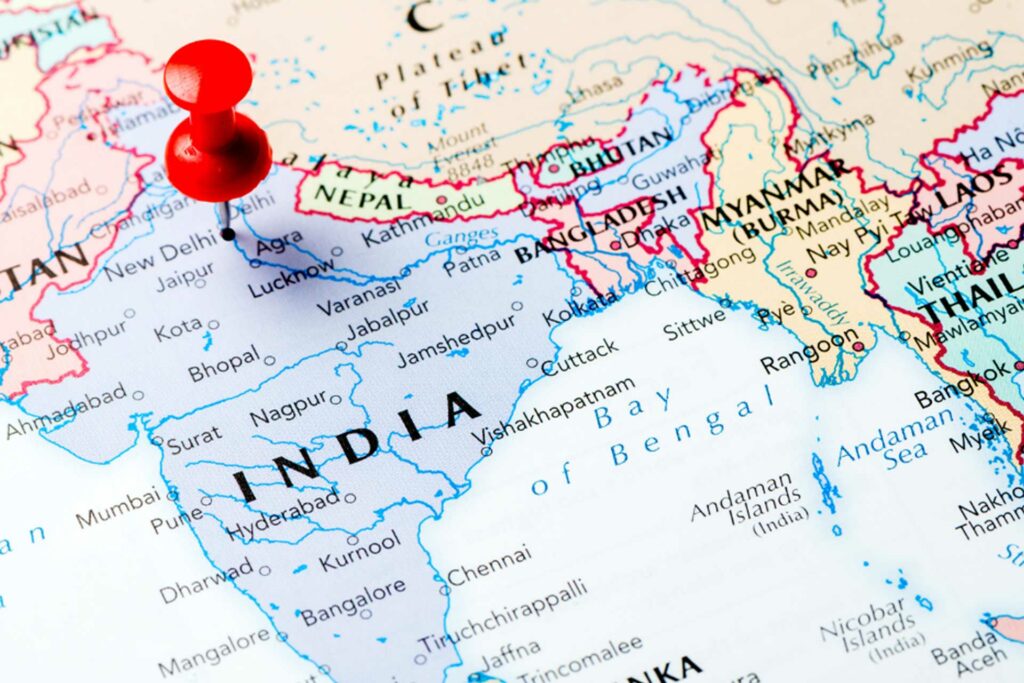Viksit Bharat: India’s Aspirations and Challenges
Vaswati Rudrapal
Research Associate

India’s Vision for 2047
India has set its sights on becoming a Viksit nation by 2047. The vision of Viksit Bharat is not limited to higher income levels. It aims for transform the country into a self-reliant and prosperous economy by 2047.
The broader goals of Viksit Bharat include:
- Sustained high growth in GDP and per capita income,
- Strengthening India’s position as a leader in science, technology, and innovation (STI),
- Ensuring universal access to quality healthcare and education,
- Enhancing social equity by reducing regional and gender disparities, and
- Pursuing environmentally sustainable growth.
The journey toward becoming Viksit is thus not only about how much India grows, but also about how it grows, and how growth translates into better health, education, skills, and opportunities for all.
To qualify as a developed economy, India must meet international benchmarks of per capita income and social progress. Based on the World Bank’s current threshold for defining an advanced economy i.e. $14,006 per capita, India would need to sustain a nominal GDP growth rate of 10.19% annually from 2023-24 onwards. When adjusted for long-term exchange rate fluctuations and dollar value changes, the target rises to $18,414 per capita, requiring 11.41% annual growth (Rangarajan & Shanmugam, 2025).
However, monetary income alone does not define “development.” While economic growth is often measured through per capita income and industrialisation, true development requires proportional progress in human development.
India’s Current Standing
According to the UNDP Human Development Report 2025, India’s HDI rank improved from 133 in 2022 to 130 in 2025. India’s HDI improved from 0.447 in 1990 to 0.685 in 2023, while its GNI per capita rose from $2,167 to $9,047. This indicates income expanded by over 300%, whereas HDI increased by just 53%.
Its HDI of 0.685 keeps India in the medium human development category, just below the 0.700 threshold for high human development. Over the same period, life expectancy increased from 58.6 years in 1990 to 72 years in 2023, while expected years of schooling rose from 8.2 to 13 years (UNDP, 2025).
India's Economic and Human Development Indicators
Indicator | 1990 | 2023 | Growth (%) |
HDI | 0.447 | 0.685 | 53.2% |
GNI per capita | 2167.22 | 9046.76 | 317% |
Life Expectancy at Birth (years) | 58.6 | 72 | 22.9% |
Expected Years of Schooling (years) | 8.2 | 13 | 58.5% |
Source: Tabulated using data from UNDP 2025
These are impressive gains, but India remains below the high-HDI threshold of 0.7. Peers such as China and Vietnam have made faster progress by investing heavily in human capital alongside economic growth.
Global Benchmarks
Countries that began at similar starting points in the 1990s have since diverged sharply in outcomes.
Country | HDI 1993 | HDI 2023 | GNIPC 1993 | GNIPC 2023 |
India | 0.458 | 0.685 | $ 2,277 | $ 9,046 |
China | 0.52 | 0.797 | $ 2,245 | $ 22,029 |
Viet Nam | 0.53 | 0.766 | $ 2,723 | $ 13,032 |
Bangladesh | 0.42 | 0.685 | $ 1,863 | $ 8,497 |
South Asian Average | 0.47 | 0.672 | $ 2,931 | $ 8,722 |
Source: Tabulated using data from UNDP 2025
In 1993, India, China, Vietnam, and Bangladesh were clustered closely in terms of income and HDI. By 2023, however, China surged to $22,029 per capita income with an HDI of 0.797, Vietnam reached $13,032 with HDI 0.766, and Bangladesh, despite a modest income base, matched India’s HDI at 0.685. India’s performance, while significant in absolute terms, has not matched the pace of its peers.
Over the past three decades, India’s GNIPC has grown far faster than its HDI.

Source: Created using data from UNDP 2025
Between 1993 and 2023, GNIPC increased from $2,277 to $9,046, with compound annual growth rates (CAGR) of 4.19% (1993-2003), 5.17% (2003-2013), and 4.75% (2013-2023). By contrast, HDI rose from 0.458 to 0.685, with corresponding CAGRs of 1.45%, 1.52%, and 1.08%.
This persistent divergence is reflected in the widening gap between GNIPC and HDI growth rates from 2.74 pp in 1993-2003 to 3.67 pp in 2013-2023. Without deeper investment in health, education, and social well-being, income growth alone cannot deliver Viksit Bharat.
The Pearson correlation coefficient between India’s GNIPC and HDI values for the last 30 years is 0.97, which may be interpreted as perfect correlation. While this confirms that income and human development are linked, the imbalance in magnitude of this growth highlights the structural challenge: income gains are necessary but not sufficient for proportional advances in human development.
Key Challenges
Despite these gains in India’s human development indicators, significant challenges persist. Inequality in India remains high, reducing the effective HDI by over 30%, among the highest in the region. Low female labour force participation and political representation highlight gender disparities, despite recent policy efforts (UNDP, 2024).
Educational gaps persist in quality and employability, particularly across rural and marginalized groups, undermining demographic dividends (Chatterjee, 2024). Health inequalities, including malnutrition and inadequate access to care, constrain gains in life expectancy (Bhan, 2016).
Regional disparities exacerbate inequalities, with certain states and social groups lagging behind (Chatterjee, 2024). India’s innovation ecosystem, while expanding, still invests less than 1% of GDP in R&D, constraining competitiveness (Rangarajan & Shanmugam, 2025).
Addressing these intertwined issues is critical to achieving the vision of Viksit Bharat by 2047.
Recommendation and Conclusion
Human development plays a critical role in driving economic growth by enhancing the capabilities and productivity of individuals. The Human capital theory posits that education, skills, and health improve workforce efficiency and generate increasing returns through knowledge spillovers and innovation. Moreover, economic growth itself expedites human development by increasing the resources available for investments in health, education, and social infrastructure, creating a virtuous cycle of mutual reinforcement (Ranis, 2004; Bloom et al., 2022). This dynamic interplay implies the need for balanced focus on income growth and human development necessary for a truly prosperous and Viksit nation.
India’s experience over the past three decades reflects substantial income growth, but moderate gains in human development. While life expectancy and expected years of schooling have improved, challenges remain. This highlights the urgent need for enhanced investment in healthcare infrastructure, quality education, and social safety nets.
Key Policy Priorities:
- Targeted nutrition support: Expand state-specific programmes in high-burden states (such as Bihar and Madhya Pradesh) and improve primary healthcare hubs in lagging districts.
- Skills for employability: Align vocational education with industry demands to bridge workforce gaps through policies like NEP and digital initiatives DIKSHA for improving access to quality education.
- Data-driven monitoring: Enhance NITI Aayog’s SDG dashboard to track state-level HDI progress and inequalities.
- Boost innovation capacity: Raise public and private R&D spending to at least 2% of GDP by 2030, prioritising health, education, and renewable energy.
- Decentralised accountability: Introduce citizen scorecards for health, education, and social welfare schemes at block and panchayat levels.
References
- Bhan, N. (2016). Health inequalities research in India: A review of trends. International Journal for Equity in Health, 15(1), 1–8. https://www.ncbi.nlm.nih.gov/pmc/articles/PMC5053026
- Bloom, D. E., Canning, D., Kotschy, R., Prettner, K., & Schünemann, J. (2022). Health and economic growth: Reconciling the micro and macro evidence. https://papers.ssrn.com/sol3/papers.cfm?abstract_id=4144725
- Chatterjee, S. (2024). Inclusive economic growth in India: Inducing prosperity and ending deprivations. Routledge.
- Vijayakumar, N. (2025). A study on Human Development Index in India. International Journal for Multidisciplinary Research, 7(2). https://doi.org/10.36948/ijfmr.2025.v07i02.41083
- Ranis, G. (2004). Human development and economic growth. Center Discussion Paper No. 887, Yale University.
- Rangarajan, C., & Shanmugam, K. R. (2025). Quantitative dimensions of Viksit Bharat. Indian Public Policy Review, 5(6), 1–19.
- United Nations Development Programme (UNDP). (2024). Human Development Report 2024: Equality in an unequal world. UNDP.
- United Nations Development Programme (UNDP). (2025). Human Development Report 2025: Advancing human development in a changing world. UNDP.
